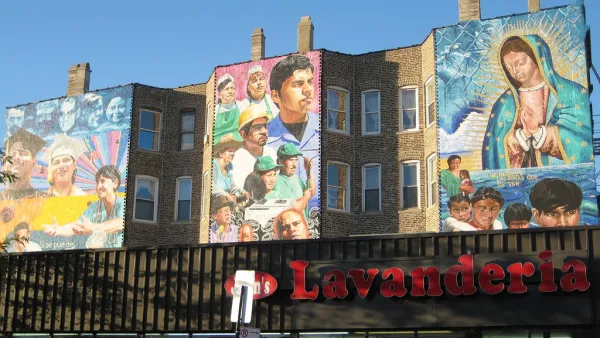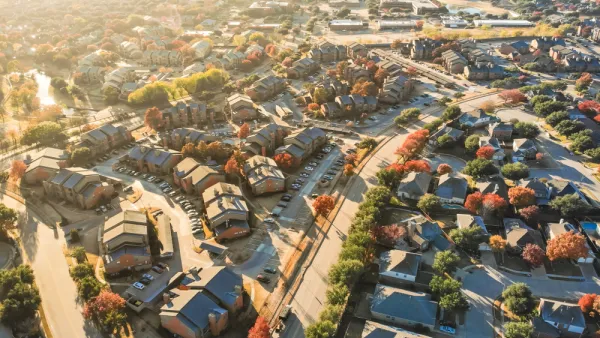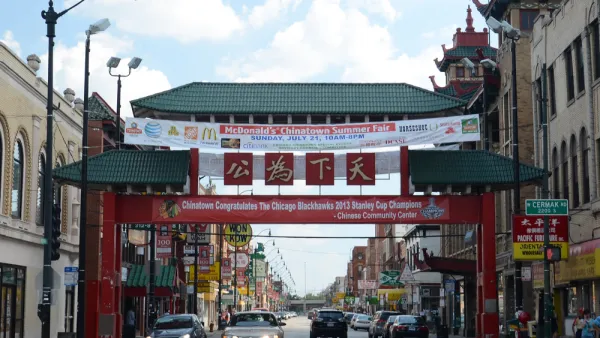A Harvard study suggests that since 2000, the number of Americans living in racially integrated neighborhoods has risen. But this may be a temporary effect of gentrification, and integration remains an exception to the rule.

Reporting on their research brief for the Harvard Joint Center for Housing Studies, study authors Shannon Rieger and Jonathan Spader discuss a rise in integrated neighborhoods since the year 2000.
The study looks at two measures of neighborhood integration: 1) tracts "where no racial or ethnic group accounts for 50 percent or more of the population," and 2) tracts where "any community of color makes up at least 20 percent of the tract population AND if the tract is at least 20 percent white." Both measures suggest increased integration from 2000 through the time period of the 2011-2015 American Community Survey.
Ongoing gentrification may be behind this in some places, rather than long-term integration. Spader and Rieger write, "While some of these neighborhoods may become stably integrated areas, it is not yet clear how many of the newly integrated neighborhoods will become stably integrated and how many will eventually become non-integrated areas." In addition, the majority of Americans still live in neighborhoods that fulfill neither definition of integration.
FULL STORY: Are Integrated Neighborhoods Becoming More Common in the United States?

Analysis: Cybertruck Fatality Rate Far Exceeds That of Ford Pinto
The Tesla Cybertruck was recalled seven times last year.

National Parks Layoffs Will Cause Communities to Lose Billions
Thousands of essential park workers were laid off this week, just before the busy spring break season.

Retro-silient?: America’s First “Eco-burb,” The Woodlands Turns 50
A master-planned community north of Houston offers lessons on green infrastructure and resilient design, but falls short of its founder’s lofty affordability and walkability goals.

Test News Post 1
This is a summary

Analysis: Cybertruck Fatality Rate Far Exceeds That of Ford Pinto
The Tesla Cybertruck was recalled seven times last year.

Test News Headline 46
Test for the image on the front page.
Urban Design for Planners 1: Software Tools
This six-course series explores essential urban design concepts using open source software and equips planners with the tools they need to participate fully in the urban design process.
Planning for Universal Design
Learn the tools for implementing Universal Design in planning regulations.
EMC Planning Group, Inc.
Planetizen
Planetizen
Mpact (formerly Rail~Volution)
Great Falls Development Authority, Inc.
HUDs Office of Policy Development and Research
NYU Wagner Graduate School of Public Service




























